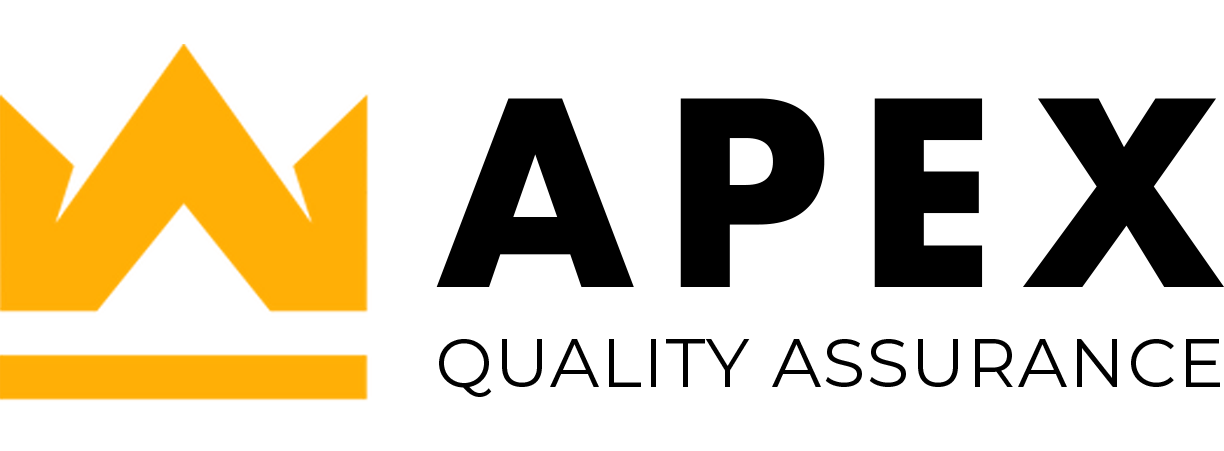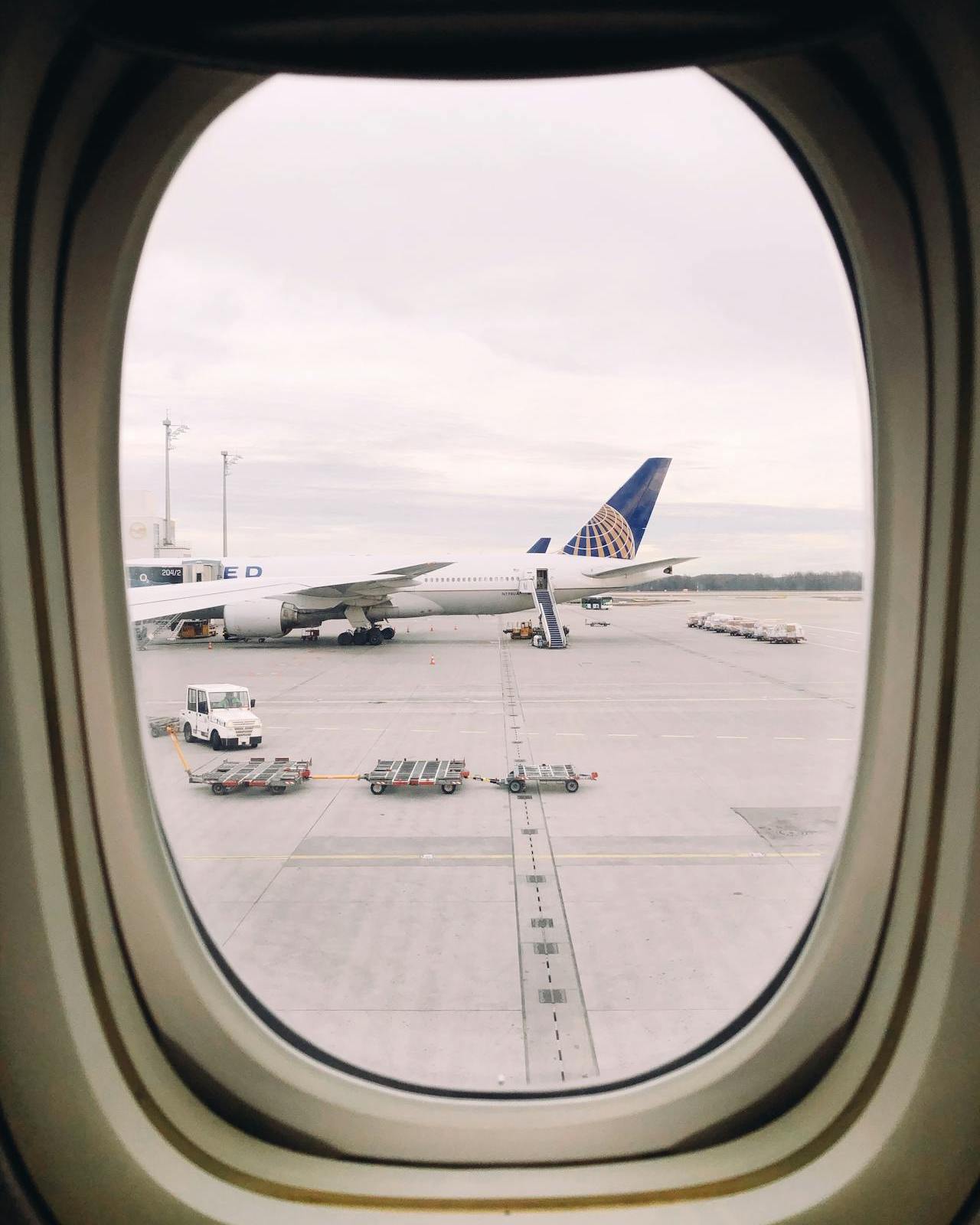LIVE ONLINE – Geometric Dimensioning and Tolerance (GD&T) Gage Design (2-Day – 13 CPD Hours)
Geometric Dimensioning and Tolerancing (GD&T) is a valuable tool that effectively communicates the design intent to manufacturing and inspection.
To better define a product to a customer or supplier, Geometric Dimensioning and Tolerancing (GD&T) is often used as a symbolic way of showing specific tolerances on drawings. It is governed by the technical standard ASME Y14.5-2018, published by the American Society of Mechanical Engineers.
Our training provides an overview, distributes knowledge, and arranges group exercises. Within the 2-Day GD&T you'll learn to:
- Describe the tolerance zone for each GD&T symbol
- Determine when to use Rule #1 to control form or when other form controls are appropriate
- Calculate the virtual condition for a given feature
- Recognize correct syntax for feature control fames
- Define datum and datum feature, and correctly interpret the relationship of datums to a geometric tolerance
- Correctly apply and interpret the MMC modifier Describe how various geometric tolerances should be measured
This seminar is designed for:
- Product Engineers
- CAD designers
- Manufacturing Supervisors
- Senior Managers
- Engineers
- Program Managers
- Those who create or read mechanical drawings
Our training provides an overview, distributes knowledge, and arranges group exercises. You will be given group exercise case studies with examples from the aerospace industry will be used to help attendees gage where their QMS's has potential gaps and help meet their specific needs. Listed below is the class outline for the course:
- Determine Whether to Include GD&T Controls on Drawings Based on its Benefits and Consequences
- Compute Bonus Tolerance for a Given Application
- Apply Form Controls Based on Part Requirements and Tolerance Zone
- Select Appropriate Datum Features Based on Fit and Function
- Apply Datum Features on an MMB Basis to Provide Additional Tolerance When Applied Appropriate Based on Functional Requirements
- Apply Profile Control Based on Relations, Clarity, Cost, Fit and Function
- Apply Orientation Controls Based on Relations, Clarity, Cost, Fit and Function
- Apply Position Controls Based on Relations, Clarity, Cost, Fit and Function
- Apply Other Location Controls (Runout, Symmetry, Concentricity Based on Relations, Clarity, Cost, Fit and Function

